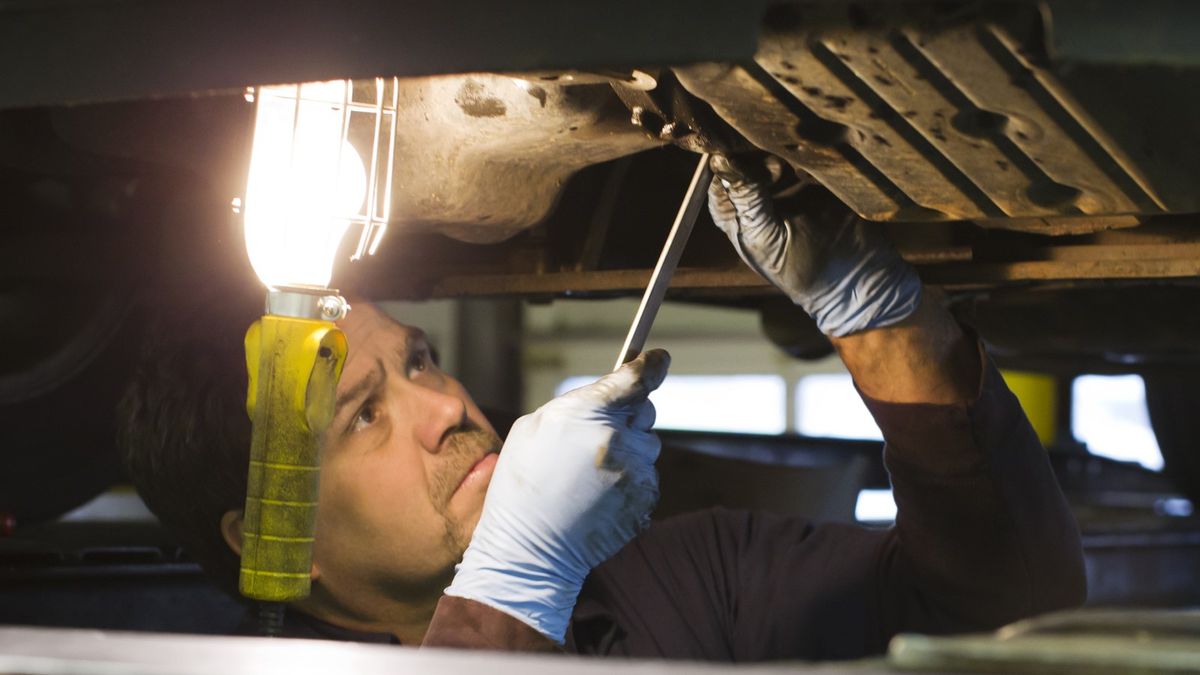As the spider gears try to come out of their grooves (ramps) from the torque of the engine spinning, they compressed the clutch plates stack (similar to a motorcycle wet clutch) which are groved to the housing of the lsd which is in turn bolted to the rack locking everything up. If Im am correct what does the % lockup mean? How much torque it takes to overcome the clutch?
And anyone know what the clutch friction disks are made of? Same stuff on a bike?
And anyone know what the clutch friction disks are made of? Same stuff on a bike?



Comment